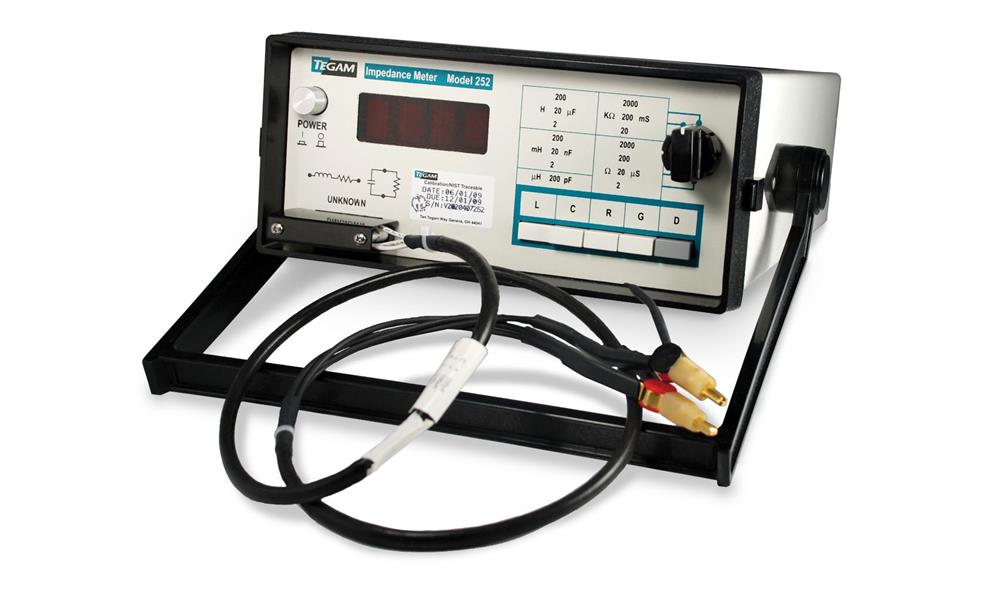Impedance Spectroscopy is an analytical technique in which the difference between the real and imaginary components of an electrical signal is measured. The actual measurements are the impedance modulus, Nyquist plot and Bode plot. The difference between the two shows the amount of energy absorbed or emitted by the sample and is proportional to the frequency. The Nyquist plot also shows the correlation between the real and imaginary parts of the impedance.
Electrochemical impedance spectroscopy
Electrochemical impedance spectroscopy involves measuring the impedance of electrochemical systems. The measurements depend on the underlying mechanism and extrinsic parameters. These experiments are complicated by the non-stationary behavior of the impedance at low frequencies and by the use of reference electrodes. The present article discusses emerging trends in experimental and interpretation approaches to this technique.
Electrochemical impedance spectroscopy (EIS) is a complex and versatile technique, and it has a number of applications in both materials science and biochemistry. This powerful technique starts with the concept of electrical resistance, which is symbolically represented by a resistor (Figure 1.1). A resistor acts as an obstacle to the flow of current.
Nyquist plots
Impedance spectroscopy can be used to measure a system’s electrical resistance. The Bode plot is a popular choice for this type of analysis, which consists of two separate logarithmic plots that show the magnitude and phase of a point’s impedance. It is very useful for understanding the properties of a system and can be used to fit data quickly.
The two main plots used for impedance measurement are Bode and Nyquist plots. The Bode plot plots the log of the frequency on the abscissa, the log of the absolute impedance on the ordinate, and the phase-shift on the other. Bode plots are commonly used to represent impedance, and they are also useful to show the effects of impedance on the frequency of a circuit.
Bode plots
Bode plots are one of the most common presentation methods used in impedance spectroscopy. These plots plot the logarithm of the frequency, the absolute value of the impedance, and the phase shift in a graph. A typical Bode plot looks something like Figure 9.10. The curve on the ordinate is a log of the frequency. A slope of zero indicates a resistor, while a slope of one indicates a capacitor.
Bode plots are useful in impedance spectroscopy because they can show how much impedance a certain material has at a given frequency. To understand why these plots are useful, you should first understand what impedance is. Typically, it is represented by a voltage or current in a specific frequency.
Warburg impedance
The Warburg impedance spectrum is a plot that displays the impedance versus frequency of an electrochemical system. This impedance spectrum is characterized by characteristic bends and break frequencies, which occur at the reciprocals of the system’s time constants. Straight sections of the spectrum have specific slopes, which are characteristic of different types of equivalent circuit elements (ECEs) used in electrochemical systems. For example, a slope of zero indicates that the system is a resistance; slopes of one and two are characteristic of a capacitor or a Warburg element, respectively.
The Warburg impedance spectrum is useful in studying ion transport. It can be used to measure ion transport in a complex system, such as the structure of a DNA molecule. The wavelength of the spectrum can be manipulated with a variety of techniques, such as polarization.
K-K analysis
An impedance spectral representation is a representation of the impedance of a system in a vacuum. The impedance spectrum of a given system consists of two parts, the real and imaginary parts. They are plotted on an X-axis and a Y-axis, respectively. The impedance at a single frequency is measured using the Nyquist Plot.
To perform a K-K analysis using impedance spectra, it is necessary to obtain the resistive and capacitive signatures of a system. The first is a characterization of the transport properties of the material. Ideal capacitors can be used to model transport in solar cells, and constant phase elements can be used to account for dispersion. The second is the geometric capacitance, which is a function of the polarization of bulk materials and interfaces. It is possible to derive a total geometric capacitance CTOTAL from several individual capacitive contributions.

